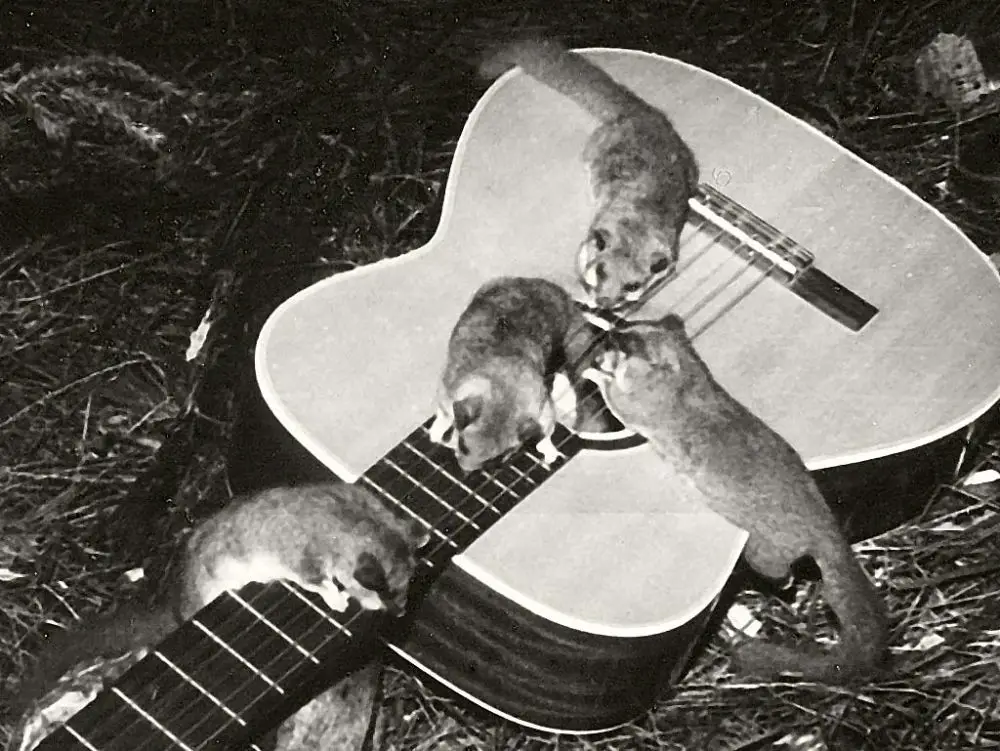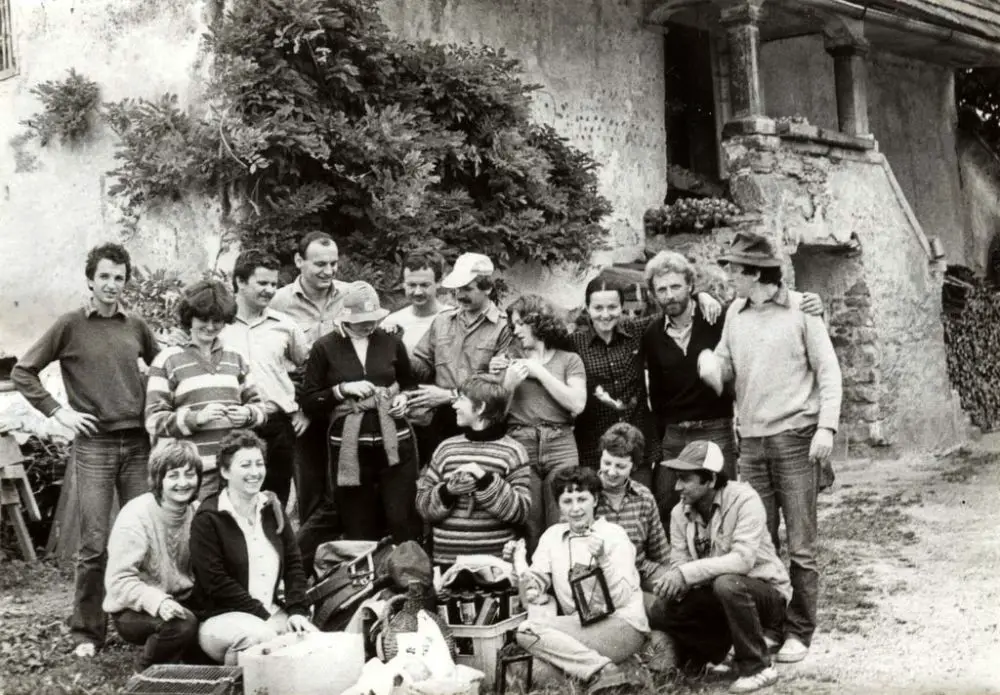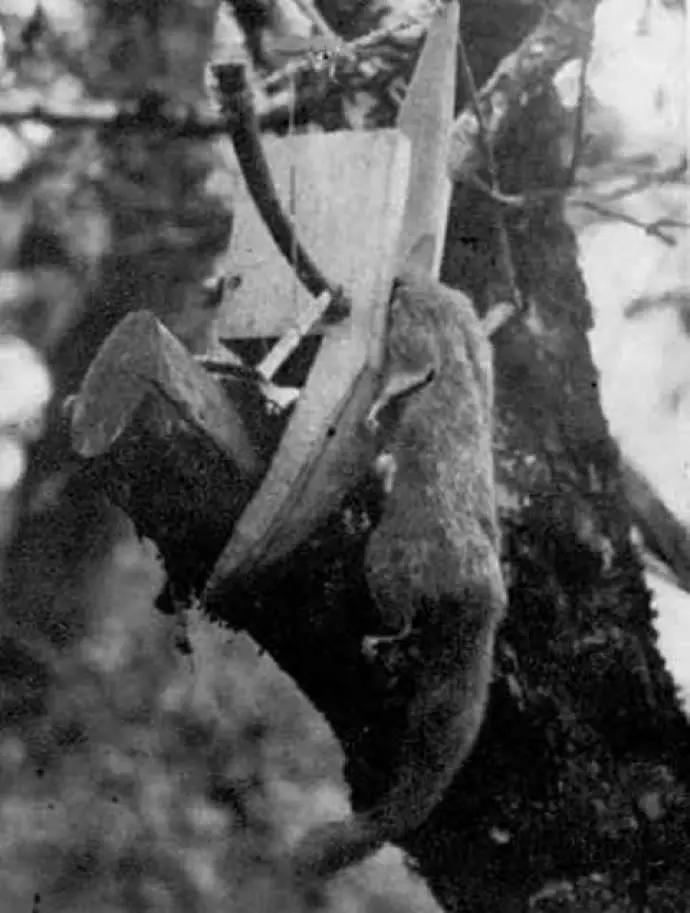January 16, 2019
Dormice have been hunted for centuries in Slovenia. Nevertheless, unlike many other wild and edible species their numbers continue to persist, which is why polhanje, as the activity is called in Slovenian, managed to continue into the present. The hunting season officially begins every first of October, and different to the majority of such seasons is open to the broader public, anyone who has applied for a special dormouse hunting permit which is relatively easy to get.
Hunting for dormice has changed significantly over the years, as it has gradually moved from an economic necessity towards the preservation of a tradition of socializing at night in the forests, an event of drinking and hanging out that can often conclude without a single mouse being caught.
Dormice were a delicacy in Roman times, and hence the species’ alternative name, edible dormouse, although the habit of eating them only seems to have persisted in Slovenia and Croatia. Let’s take a deeper look into the folklore that helps to put these adorable creatures on a plate, and how it has changed over the centuries.
Habitat and habits of a Slovenian dormouse
In Slovenia, the dormouse, although found almost everywhere, is most common in Inner and Lower Carniola, that is notranjska and dolenjska. In terms of altitude, its habitat is limited by the beech forest, given that beechnuts are an important part of the diet of these animals. The dormouse is an omnivorous creature who likes to eat everything from insects, even tiny birds, to soft fruits, leaves and seeds. Nevertheless, its successful hibernation mostly depends on what it can eat from beech, oak and hornbeam trees.
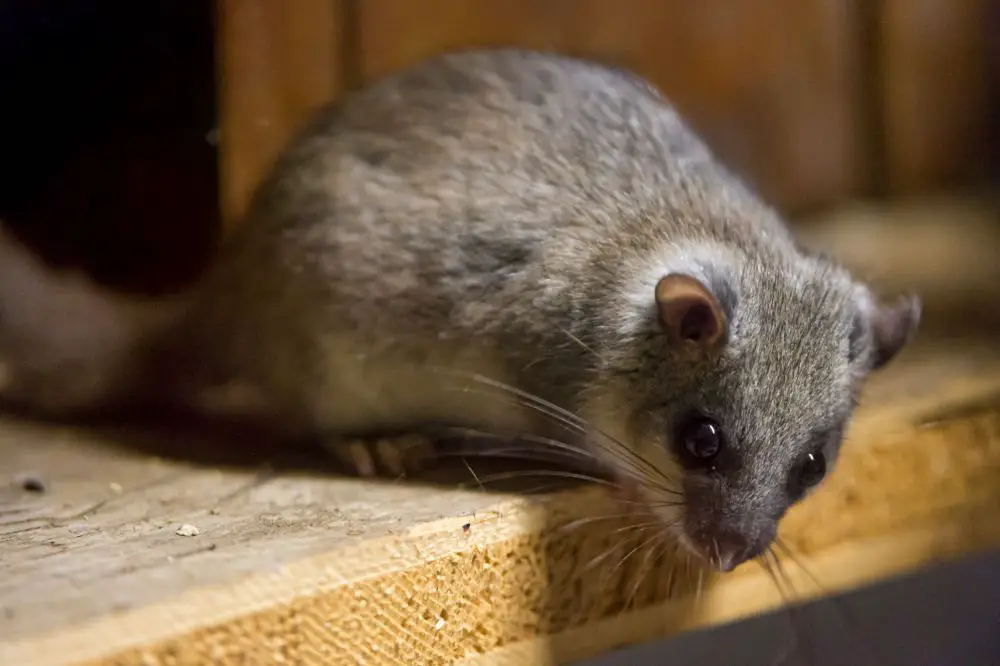
Dormice spend most of the day in holes in the ground or tree trunks, or in between roots, in birdnests, under the roof tops or other shelters. At night they move along the tree branches and are quite good at jumping, said to be even better than squirrels.
Hunting technique
All of this is a very important information when it comes to hunting, as what hunter has to offer in his self-triggering trap must really be very delicious if a fat, autumn dormouse is going to crawl inside and take the bait. Such an animal isn’t going to get caught for a snack it can easily find in the forest.
Typically, bait would be placed into a wooden self-triggering trap, which was put on a long hazel stick and hanged on a tree.

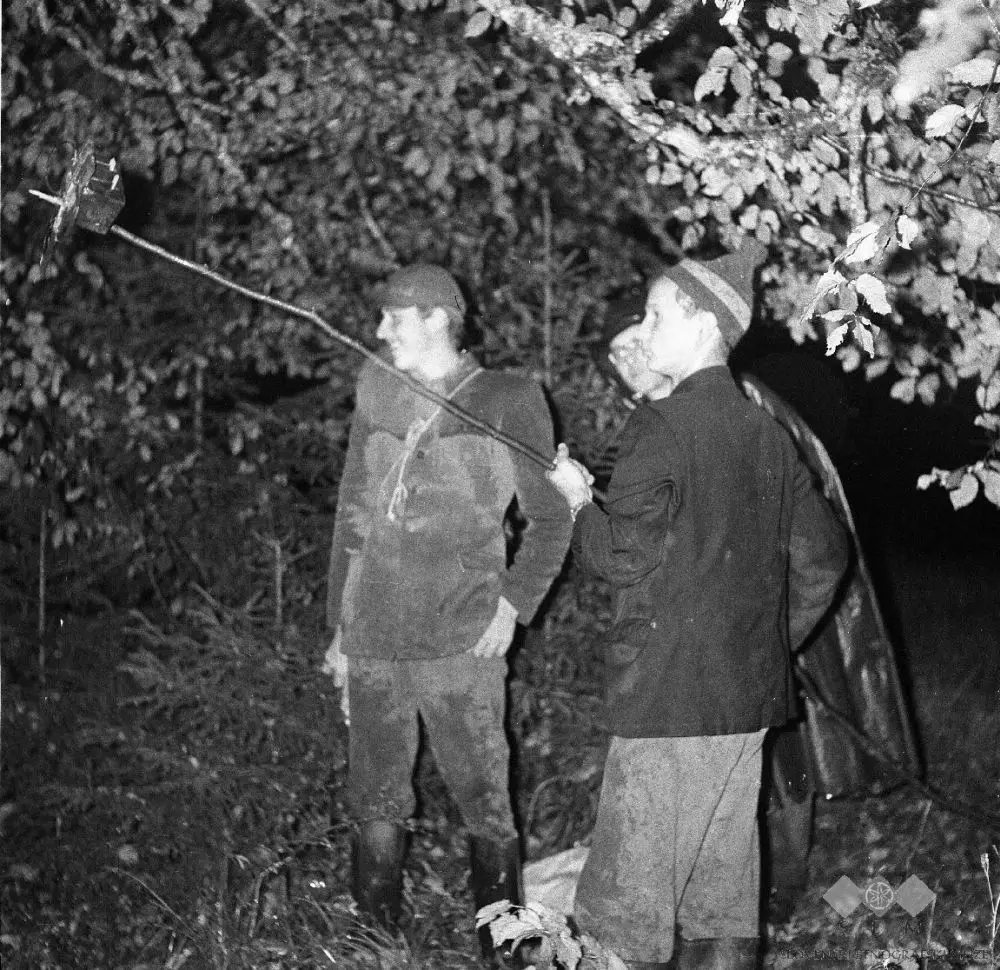
Although the recipe for dormouse bait is every hunter’s cherished secret, the word is out there that it should include a drop of fine pear brandy with a pinch of cinnamon. That is, of course, if you really want to catch, kill, skin, de-gut, cook and eat a dormouse. Most of the people who go on a polhanje today are not that much into hunting, and often spend the night without making a single catch, not caring as long as the company is good, other, less formerly cute foods are available, and the drinks are abundant.
Tradition
The first record of dormice hunt and eating in Slovenia dates back to the 13th century, and was later described in detail by the Slovenian historian Janez Vajkard Valvasor. Dormice used to present an important source of protein for Slovenian peasants, while their fat was also used for healing wounds. Dormice kučma-like hats (polhovka) have since the Birth of Nation (in the middle of the 19th century) been a symbol of Slovenia, and were even banned by the Nazis during WWII. After the war, this hat was placed on the head of the New Year figure Dedek mraz, to make him more Slovenian, not Russian, after the Soviet-Yugoslav split in 1948.
The main goal of polhanje is not to catch a few dozen small animals for a memorable feast, but rather in preserving the tradition of life in nature, and above all such meetings are fun social events that takes place after dark in the forest.
